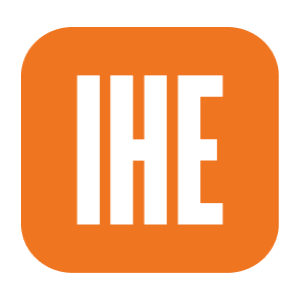
AI Research Summaries “Exaggerate Findings,” Study Warns
AI tools overhype research findings far more often than humans, with a study suggesting the newest bots are the worst offenders—particularly when they are specifically instructed not to exaggerate.
Dutch and British researchers have found that AI summaries of scientific papers are much more likely than the original authors or expert reviewers to “overgeneralize” the results.
The analysis, reported in the journal Royal Society Open Science, suggests that AI summaries—purportedly designed to help spread scientific knowledge by rephrasing it in “easily understandable language”—tend to ignore “uncertainties, limitations and nuances” in the research by “omitting qualifiers” and “oversimplifying” the text.
This is particularly “risky” when applied to medical research, the report warns. “If chatbots produce summaries that overlook qualifiers [about] the generalizability of clinical trial results, practitioners who rely on these chatbots may prescribe unsafe or inappropriate treatments.”
The team analyzed almost 5,000 AI summaries of 200 journal abstracts and 100 full articles. Topics ranged from caffeine’s influence on irregular heartbeats and the benefits of bariatric surgery in reducing cancer risk to the impacts of disinformation and government communications on residents’ behavior and people’s beliefs about climate change.
Summaries produced by older AI apps—such as OpenAI’s GPT-4 and Meta’s Llama 2, both released in 2023—proved about 2.6 times as likely as the original abstracts to contain generalized conclusions.
The likelihood of generalization increased to nine times in summaries by ChatGPT−4o, which was released last May, and 39 times in synopses by Llama 3.3, which emerged in December.
Instructions to “stay faithful to the source material” and “not introduce any inaccuracies” produced the opposite effect, with the summaries proving about twice as likely to contain generalized conclusions as those generated when bots were simply asked to “provide a summary of the main findings.”
This suggested that generative AI may be vulnerable to “ironic rebound” effects, where instructions not to think about something—for example, “a pink elephant”—automatically elicited images of the banned subject.
AI apps also appeared prone to failings like “catastrophic forgetting,” where new information dislodged previously acquired knowledge or skills, and “unwarranted confidence,” where “fluency” took precedence over “caution and precision.”
Fine-tuning the bots can exacerbate these problems, the authors speculate. When AI apps are “optimized for helpfulness,” they become less inclined to “express uncertainty about questions beyond their parametric knowledge.” A tool that “provides a highly precise but complex answer … may receive lower ratings from human evaluators,” the paper explains.
One summary cited in the paper reinterpreted a finding that a diabetes drug was “better than placebo” as an endorsement of the “effective and safe treatment” option. “Such … generic generalizations could mislead practitioners into using unsafe interventions,” the paper says.
It offers five strategies to “mitigate the risks” of overgeneralizations in AI summaries. They include using AI firm Anthropic’s Claude family of bots, which were found to produce the “most faithful” summaries.
Another recommendation is to lower the bot’s “temperature” setting. Temperature is an adjustable parameter that controls the randomness of the generated text.
Uwe Peters, an assistant professor in theoretical philosophy at Utrecht University and the co-author of the report, said the overgeneralizations “occurred frequently and systematically.”
He said the findings meant there was a risk that even subtle changes to the findings by the AI could “mislead users and amplify misinformation, especially when the outputs appear polished and trustworthy.”
Tech companies should evaluate their models for such tendencies, he added, and share these openly. For universities, it showed an “urgent need for stronger AI literacy” among staff and students.
Source link




